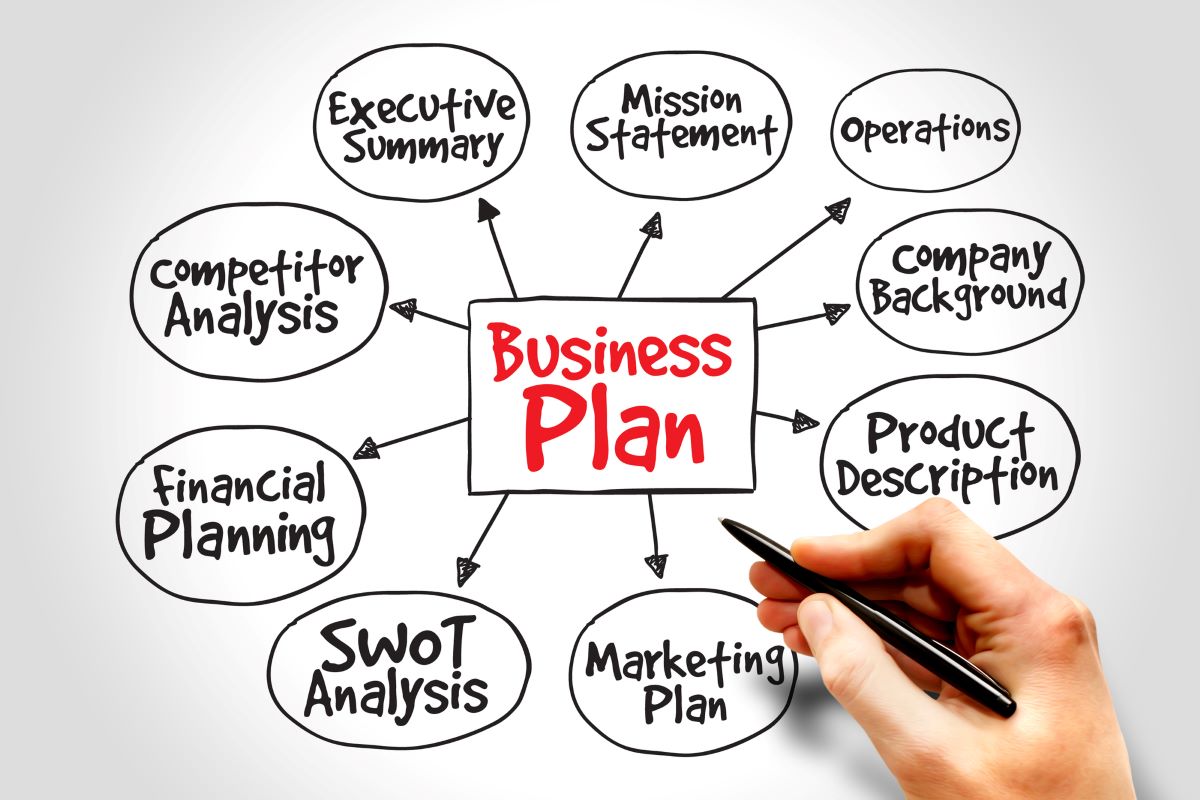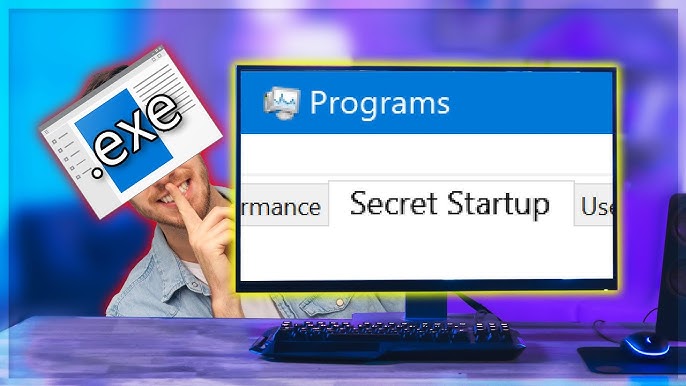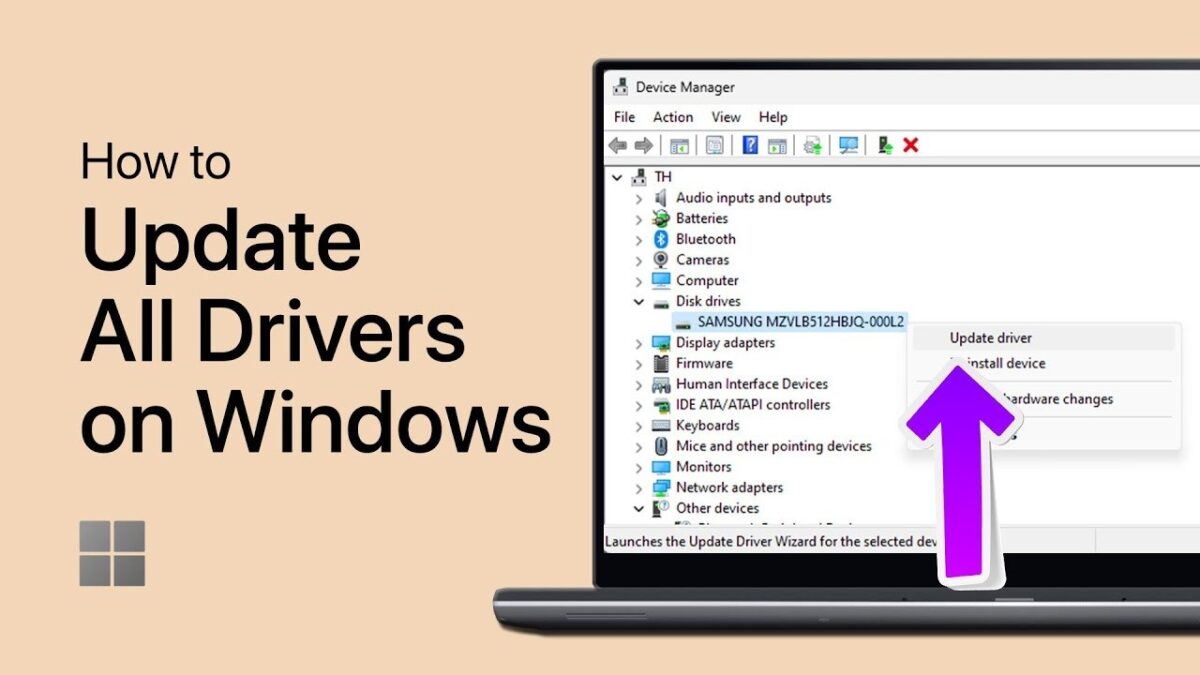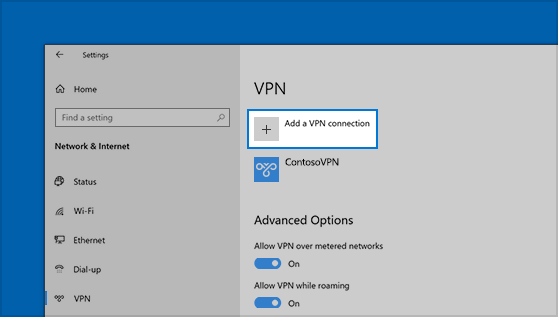Registering a business is a critical step in establishing its legal identity and operational legitimacy. Whether you’re starting a sole proprietorship, partnership, limited liability company (LLC), or corporation, the registration process varies based on your location and business structure. This comprehensive guide will walk you through the essential steps and considerations for registering a business.
Table of Contents
- Introduction to Business Registration
- Importance of Registering a Business
- Types of Business Entities
- Choosing a Business Structure
- Sole Proprietorship
- Partnership
- Limited Liability Company (LLC)
- Corporation
- Legal Requirements and Regulations
- Business Name Registration
- Business Licenses and Permits
- Tax Identification Numbers
- Registering Your Business
- Step-by-Step Guide
- Online Registration Process
- In-Person Registration
- Additional Considerations
- Business Insurance
- Employer Identification Number (EIN)
- Trademark Registration
- Post-Registration Responsibilities
- Compliance Requirements
- Annual Filings and Renewals
- Changes and Amendments
- Conclusion
1. Introduction to Business Registration
Importance of Registering a Business
Registering your business provides legal recognition and protection, establishes credibility with customers and partners, and ensures compliance with local regulations. It also allows you to open bank accounts, apply for loans, and engage in business transactions under your business name.
Types of Business Entities
- Sole Proprietorship: Owned and operated by one individual.
- Partnership: Owned by two or more individuals who share profits and liabilities.
- Limited Liability Company (LLC): Offers liability protection for owners while allowing flexibility in management and taxation.
- Corporation: A separate legal entity from its owners, offering strong liability protection but with more complex governance and tax requirements.
2. Choosing a Business Structure
Sole Proprietorship
- Ownership: Owned and operated by one person.
- Registration: Generally requires registering your business name and obtaining necessary licenses and permits.
- Liability: Personal liability for business debts and obligations.
Partnership
- Ownership: Shared ownership between two or more partners.
- Registration: Partnerships may require registering with the state and obtaining necessary licenses.
- Liability: Partners share profits, losses, and liabilities.
Limited Liability Company (LLC)
- Ownership: Owners are known as members and enjoy limited liability protection.
- Registration: Register with the state where your business operates and file articles of organization.
- Liability: Owners’ personal assets are protected from business debts and liabilities.
Corporation
- Ownership: Owned by shareholders, managed by a board of directors.
- Registration: File articles of incorporation with the state and comply with more extensive regulatory requirements.
- Liability: Shareholders have limited liability, and the corporation is a separate legal entity.
3. Legal Requirements and Regulations
Business Name Registration
- Availability: Check for name availability with the state’s business registry.
- Requirements: Follow naming rules (e.g., avoiding misleading names, using legal endings like LLC or Inc.).
- Reservation: Reserve your business name if necessary before registration.
Business Licenses and Permits
- Types: Obtain federal, state, and local licenses and permits specific to your industry and location.
- Application: Apply for licenses and permits through relevant government agencies.
Tax Identification Numbers
- Employer Identification Number (EIN): Obtain an EIN from the IRS for tax reporting purposes, even if you don’t have employees.
- State Tax IDs: Register with state revenue agencies for state tax purposes.
4. Registering Your Business
Step-by-Step Guide
- Choose Your Business Name: Ensure it complies with naming rules and is available.
- Select Your Business Structure: Determine whether you’ll operate as a sole proprietorship, partnership, LLC, or corporation.
- Register with the State: File necessary documents (e.g., articles of organization/incorporation) with the state business registry.
- Obtain Licenses and Permits: Apply for federal, state, and local licenses and permits required for your business activities.
- Apply for an EIN: Obtain an Employer Identification Number (EIN) from the IRS.
- Open a Business Bank Account: Separate personal and business finances by opening a business bank account.
- Compliance: Ensure compliance with all regulatory requirements and deadlines.
Online Registration Process
- State Websites: Most states offer online registration portals for business entities.
- Forms and Fees: Complete required forms and pay registration fees electronically.
In-Person Registration
- Local Offices: Visit state or county offices to submit paperwork in person.
- Support: Receive assistance from business registration specialists if needed.
5. Additional Considerations
Business Insurance
- Types: Consider general liability insurance, professional liability insurance, and property insurance to protect against unforeseen risks.
Employer Identification Number (EIN)
- Purpose: Required for federal tax filings, hiring employees, and opening business bank accounts.
- Application: Apply for free on the IRS website.
Trademark Registration
- Protection: Register trademarks with the U.S. Patent and Trademark Office (USPTO) to protect your brand name, logo, or slogan.
6. Post-Registration Responsibilities
Compliance Requirements
- Annual Reports: File annual reports and renew business registrations as required by your state.
- Tax Filings: Meet federal, state, and local tax filing requirements.
Changes and Amendments
- Updates: Report changes in business structure, ownership, or address promptly.
- Amendments: File amendments to articles of incorporation/organization for significant changes.
7. Conclusion
Registering your business is a foundational step in establishing its legal presence and operational framework. By choosing the right business structure, fulfilling legal requirements, obtaining necessary licenses and permits, and maintaining compliance, you set the stage for business growth and success. Stay informed about regulatory changes, maintain accurate records, and seek professional guidance when necessary to navigate the complexities of business registration effectively. With a solid legal foundation, you can focus on developing your products/services, attracting customers, and achieving your business goals.









